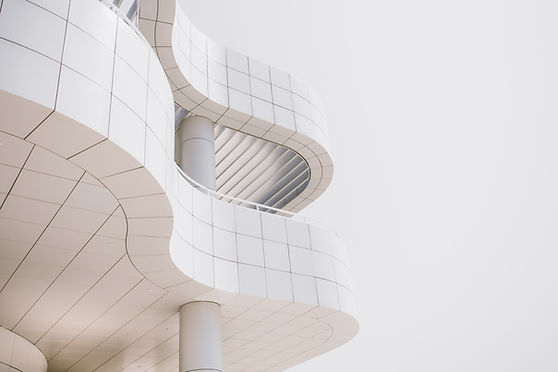Zoos: The Grave for Animals
- Claire

- Dec 3, 2021
- 3 min read
We cannot say that zoos are good for animals.
By: Claire 11.1

Why do we go to the zoo?
The main reason we go to the zoo is that we can meet the animals we see in books or videos in real life. Zoos are the easiest way for us to access wild animals. But are animals satisfied and happy with this life? Do zoos exist because of the selfishness of humans who trap animals that can't speak?
According to the American Zoo Aquarium Association, there are more than 10,000 zoos worldwide. The first zoos were made into private collections by the rich to ‘show their power’. Animals were treated as their own property. These private collections were called ‘menageries’. Early zoos, such as the 1793 Menagerie du Jardin des Plantes, were more like living animal museums than natural habitats for animals. Animals were housed in a small exhibition area with as many species as space allowed. Zoos are not for animals, but facilities created by human selfishness. In other words, a zoo is a kind of museum where you can manage and see living animals with certain facilities.
Many people who have been to zoos may have noticed animals in zoos behaving differently from animals in nature. These abnormal behaviors of zoo animals are called stereotyped behaviors. These include pacing, rocking, swimming in circles, excessive sleeping, or self-harm. The artificial environments of zoos are the cause of these behaviors of animals. Captive animals do not hunt by themselves but are trapped in extremely small spaces compared to nature, in selected environments monitored by people. These environments, which are so different from nature, are bound to stress animals. The average lifespan of captive elephants is only 19 years, which is one-third that of wild elephants. One of the reasons is that elephants in zoos need to starve when they do not obey the trainers. In addition, trainers poke elephants’ feet with a pointed tool called an ankus. Also, at some zoos, all the birds’ flying wings are cut off once a year to prevent them flying away from the cage that has no bars. These not only cause extreme stress and pain in animals, but also make them forget their natural habits.
We are going through a pandemic. Instead of doing what we did before, we stay in our house isolated. Many people are developing mental and physical issues as a result. Then, what about animals that must be locked up in the same place forever? Zoos are an endless pandemic for animals. Zoos cannot make animals as happy and healthy as they are in nature. Of course, there are some zoos that are like the natural environment and have enormous sizes. However, it doesn't even reach the tip of the toes of nature- it is a barren environment that doesn’t contain risks or the hierarchy of the ecosystem. Animals need to face a number of challenges that can keep them active and keep their instincts such as finding a partner or a battle over territory. However, many animals are losing their natural behavior because confinement does not allow animals to fully utilize their instincts. Furthermore, their bodies, behaviors, and the ways they think have changed to adapt to the artificial environment.
People are not saving animals from nature by keeping them in zoos. Animals cannot speak, but that doesn't mean that we can do whatever we want to them. Animals are not toys that satisfy our desires. We are the ones who need to go to nature where the animals live, not the animals that need to be captive in cages. Therefore, open breeding facilities that focus on ‘watching’ rather than ‘protecting’ animals should be abolished.





Comments